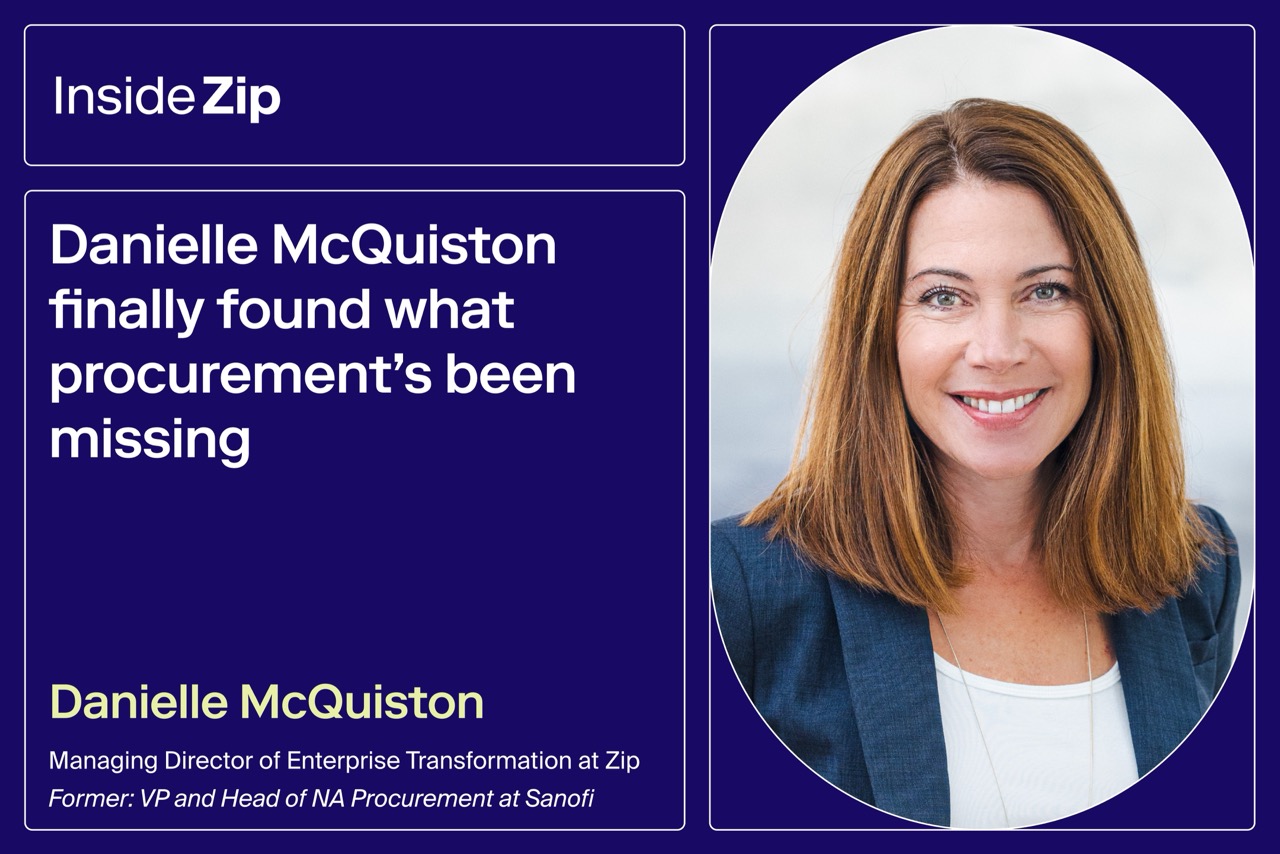
5 common pitfalls when starting a procurement function
Starting a procurement function? Here's how to solve the most common problems.

At the early stages of a company, procurement is typically managed by a finance manager or controller. However, as a company grows, the advantages of establishing a dedicated procurement function become increasingly evident. A dedicated procurement team can ensure that business purchases are efficiently sourced, negotiated, approved, and managed at scale.
Nevertheless, change management in growing companies can be challenging, and forming a procurement function can bring about various complications if not handled carefully.
In this article, we’ll explore five common pitfalls when starting a procurement function and offer strategies for how to avoid them.
How to start a procurement function
In early-stage companies, procurement is often handled by the finance or IT department. When an employee or team needs a product or service, they request assistance from finance, which then manually approves the purchase.
However, as companies grow, the need for more robust spend management becomes more necessary, with more complex technical, legal, cross-functional compliance, and financial considerations.
Bringing on a dedicated procurement professional can help manage spend more effectively, ensure costs are controlled, and minimize risks.
Traditionally, starting a procurement function will require a company to:
- Define procurement’s needs: Identify what your organization needs from procurement, defining present and future considerations.
- Build a procurement team: Assemble a team with the necessary skills and expertise to manage procurement activities.
- Develop procurement policies and procedures: Establish clear policies and procedures so employees and key stakeholders are aware of how the process works.
- Establish vendor relationships: Build and maintain strong relationships with reliable suppliers, and ensure they’re aware of who’s now running the procurement process.
- Set up your procurement tech stack: Implement a robust intake spend orchestration platform like Zip to streamline procurement processes and provide deep transparency and visibility into the purchasing workflow.
For a free step-by-step guide on how to create an effective procurement function at your organization, check out Zip’s ‘Procurement Zero-to-One Checklist: Essential Steps for Financial Leaders’.
5 common pitfalls when starting a procurement function
1. Lack of Formal Process
Ad-hoc and unstructured procurement practices can lead to inefficiencies, lack of visibility, and control issues. This often results in duplicate purchases, uncontrolled spending, and difficulties in tracking procurement activities.
Solution: Implement a formalized procurement process with clearly defined procedures and approval workflows. Zip’s intelligent spend insights can provide transparency into procurement processes, helping to identify inefficiencies and optimize strategies.
2. Poor Cross-Functional Collaboration
Not involving key departments such as finance, legal, and IT can result in compliance issues and overlooked risks. Effective procurement requires input and coordination across various functions.
Solution: Foster cross-functional collaboration by involving all relevant departments in the procurement process. Zip’s collaborative workflow engine facilitates communication and ensures alignment across the procurement function.
3. Inadequate Technology
Relying on outdated or insufficient tools hampers procurement efficiency and transparency. Manual processes are prone to errors and do not provide real-time visibility into procurement activities.
Solution: Invest in advanced procurement technology that supports automation and real-time insights. Zip’s procurement capabilities, including automated compliance monitoring and real-time alerts, enhance efficiency and transparency.
4. Resistance to Change
Employees may resist new processes due to cultural conflicts or lack of understanding. This resistance can hinder the successful implementation of a formal procurement function.
Solution: Engage employees early in the procurement transformation process, providing training and highlighting the benefits of the new system. Zip’s user-friendly interface and intuitive processes can help ease the transition and encourage adoption.
5. No Clear KPIs
Without defined procurement KPIs, it’s challenging to measure success and drive continuous improvement. Lack of clear metrics can lead to misaligned objectives and underperformance.
Solution: Establish clear procurement KPIs to track progress and measure success. Regularly review these metrics to identify areas for improvement and ensure alignment with organizational goals. Zip’s powerful dashboards for spend insights can help monitor performance and optimize procurement activities.
Top Strategies to Identify and Avoid Early Procurement Pitfalls
- Regular Audits and Assessments: Conduct regular audits to identify potential issues and areas for improvement.
- Early Warning Systems: Implement systems to detect anomalies and potential pitfalls early.
- Stakeholder Feedback Mechanisms: Gather feedback from stakeholders to understand their needs and address any concerns.
- Performance Monitoring: Continuously monitor procurement activities to ensure they align with established KPIs and organizational goals.
Key Factors that Can Lead to Procurement Challenges
- Strategic Misalignment: Ensure that procurement strategies align with overall business objectives.
- Communication Breakdowns: Maintain open and transparent communication across all departments involved in procurement.
- Poor/Disorganized Intake Processes: Streamline the intake process to avoid confusion and delays.
- Resistance to Change: Address resistance by involving employees and providing adequate training and support.
- Risk Oversight: Implement robust risk management practices to identify and mitigate potential risks.
Build a Resilient Procurement Function with Zip
Establishing a robust procurement function is an important step for driving value and achieving long-term success at scale. By addressing common pitfalls and leveraging advanced procurement solutions like Zip, organizations can enhance efficiency, reduce risks, and optimize spend.
Zip's Key Features
- Intelligent Data Analytics: Provides insights into procurement processes and performance metrics.
- Collaborative Workflow Management: Facilitates communication and alignment across teams.
- Supplier Risk Management: Assesses and monitors supplier risk factors.
- Automated Compliance Monitoring: Ensures adherence to internal policies and regulations.
- Real-time Alerts and Notifications: Provides timely alerts about potential pitfalls and anomalies.
By implementing these strategies and utilizing Zip’s advanced spend orchestration capabilities, finance and procurement leaders can build a resilient procurement function that drives cost savings, fosters positive supplier relationships, and adds significant value to their organization.
Request a demo to see how Zip can transform your procurement function and help you avoid common pitfalls.

Maximize the ROI of your business spend

Enter your business email to keep reading



























.webp)




















.avif)













.avif)










.webp)





.avif)











.avif)
